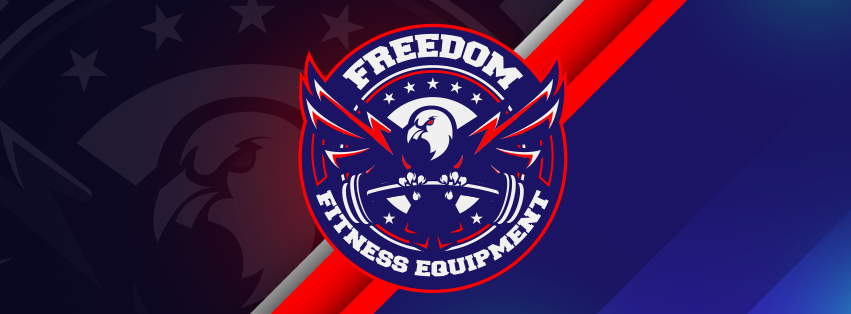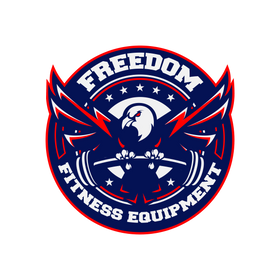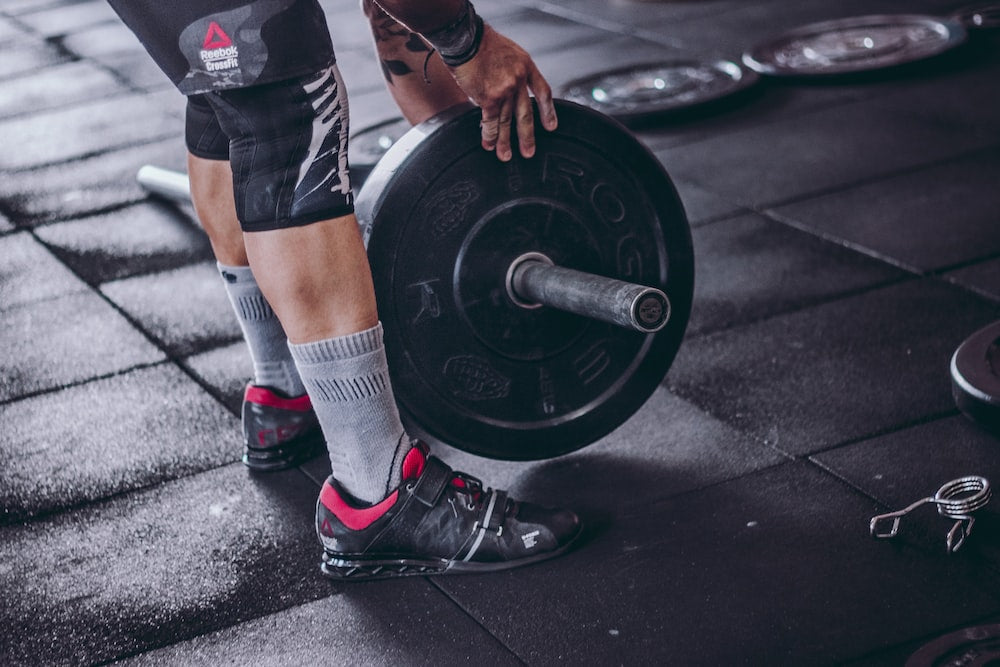Whatever the case may be, you got your weight plates - but what now? The last thing you want is for your plates to sit in the corner collecting dust in your garage. If you've spent some time in the gym, you are probably somewhat familiar with weight plates; however, if you are brand new to lifting and home gyms - first off welcome! Second, I want to give you the insider's scoop on how to use your new weight plates and get the most out of your training.
Let's jump right in. We'll start pretty simple.
What are Weightlifting Plates?

This could be an entire article, in fact, it basically is - check it out here.
A quick overview here. At the most basic level, weight plates are generally rubber or metal plates added to a barbell's end. What's a barbell? Basically, a long metal pole meant for adding weight plates. If you've ever seen someone doing a bench press or deadlifts you are picturing the right thing. Weightlifting plates come in a variety of weights - the most common ranging from 2.5 lbs to 45 lbs.
Ok, I know that was very basic. Now for the question you came here for.
How to Use Weightlifting Plates?

There are a ton of functions for weightlifting plates, and later on, I will dive into some you may not have expected. However, let's begin with the most basic function of weight plates.
Lifting plates are one of the coolest inventions we have, you could argue 8th wonder of the world type cool - okay maybe I'm a little biased. But for me, the reason I love weightlifting plates is the ability they give you to constantly improve. Of course, you can measure progress in a ton of ways - speed, bodyweight strength tests, or even weight loss, but there is something about hitting personal records with a barbell and some weight plates that is really exciting.
To use weightlifting plates, you simply grab a barbell and slide the weight plates on both ends of the barbell - making sure both sides have the same amount of weight loaded of course. It's really that simple.

A few tips:
1) Load the plates with the writing facing inwards. I'm not exactly sure where this started, but it's pretty standard. Of course, some plates are double sided so that doesn't matter.
2) When loading a barbell be sure to put one plate on each side and then two plates on each side until you reach the desired weight. This is especially important for rack-based exercises like bench press or squats. What may happen is if you load multiple 45lb plates, the bar can tip over. This can be incredibly dangerous. The same rule applies when unloading the barbell - be sure to take one plate off at a time from each side.
3) When unloading a deadlift, slide a 2.5lb plate under the weight plates. What this does is make unloading the weight from each side much easier - it essentially slides off as easily as if it was elevated in the rack. Instead of getting an extra set of back work, you can save your energy for those pull-ups later on.
4) Be sure to use clips. Clips are small metal circles or springs that go on the end of the barbell after all the weight is loaded. They don't allow the weights to slide around or worse, off. Clips not only are good for safety but performance. There are very few situations, if any, where using clips is not advised.
5) Load plates logically. This one is going to help you in your garage gym, but more importantly, when you go to a commercial gym. Let's say you want to put 135 on the bar - that's two 45lb plates and a barbell (which also weighs 45 lbs). If you don't know any better you may put three 10lb plates and three 5lb plates on each side. While you would still get the same weight, you will get quite a few strange looks. Not only are you taking smaller plates others may need, but you are also creating more work for yourself.
Typically, you want to load your plates from heaviest to lightest. So if you wanted to put 205 lbs on the bar, the best way to load would be a 45lb plate first, then a 25lb plate, and then a 10lb plate.
6) Don't drop metal weight plates. Just don't it is not good for the bar, your plates, or the floor.
Other Uses for Weightlifting Plates

While weightlifting plates are - nine times out of ten - used in addition to a barbell, there are many instances where plates can be used on their own.
Some examples include:
1) Plate Raises
Plate raises, whether lateral or forward are great for building strong shoulders. Personally, I prefer the feel of the plates to dumbbells here.
2) Plate Overhead Walking Lunges
This is a great way to not only work your legs but test your shoulder strength and overhead mobility.
3) Plate Pushes
These can be brutal - it really depends on the surface you are pushing the plate on. Simply put a plate on the ground and push it. I've seen coaches use a towel underneath a plate on a basketball court, and I've also seen this done on indoor turf. This is a leg-burner and often used as punishment in sports.
4) Plate Jumps
Want to be the bounciest guy in the gym? Plate jumps can be a great way to add load to your jumps and increase your vertical. You can hold one plate at your chest or one in each hand by your side.
5) Plate Pinches
Essentially, you are holding the plate by your side with just your fingertips "pinching" the plate. This is an awesome way to build your grip strength - and help you prepare to climb Mt. Everest.
The point here is that there a quite a few options when it comes to using weight plates. We didn't even touch on the ways that you can use weight plates to improve mobility and flexibility in your training. At the end of the day, the number of uses you can get out of weight plates is up to you.
Wrap Up

There you have it. You now know not only the basics of how to use weightlifting plates but some tips and tricks as well.
Looking for some durable plates? Check out our selection here. At Freedom Fitness Equipment, we offer a variety of new and used rubber and metal plates.
You are ready to take your newfound love of weightlifting plates and smash personal records - whether that's weight loss or a lifetime bench press PR. Also, be sure to try out some of the exercises mentioned above and let us know what you think - leave us a comment or question below. We'd love to hear from you!

